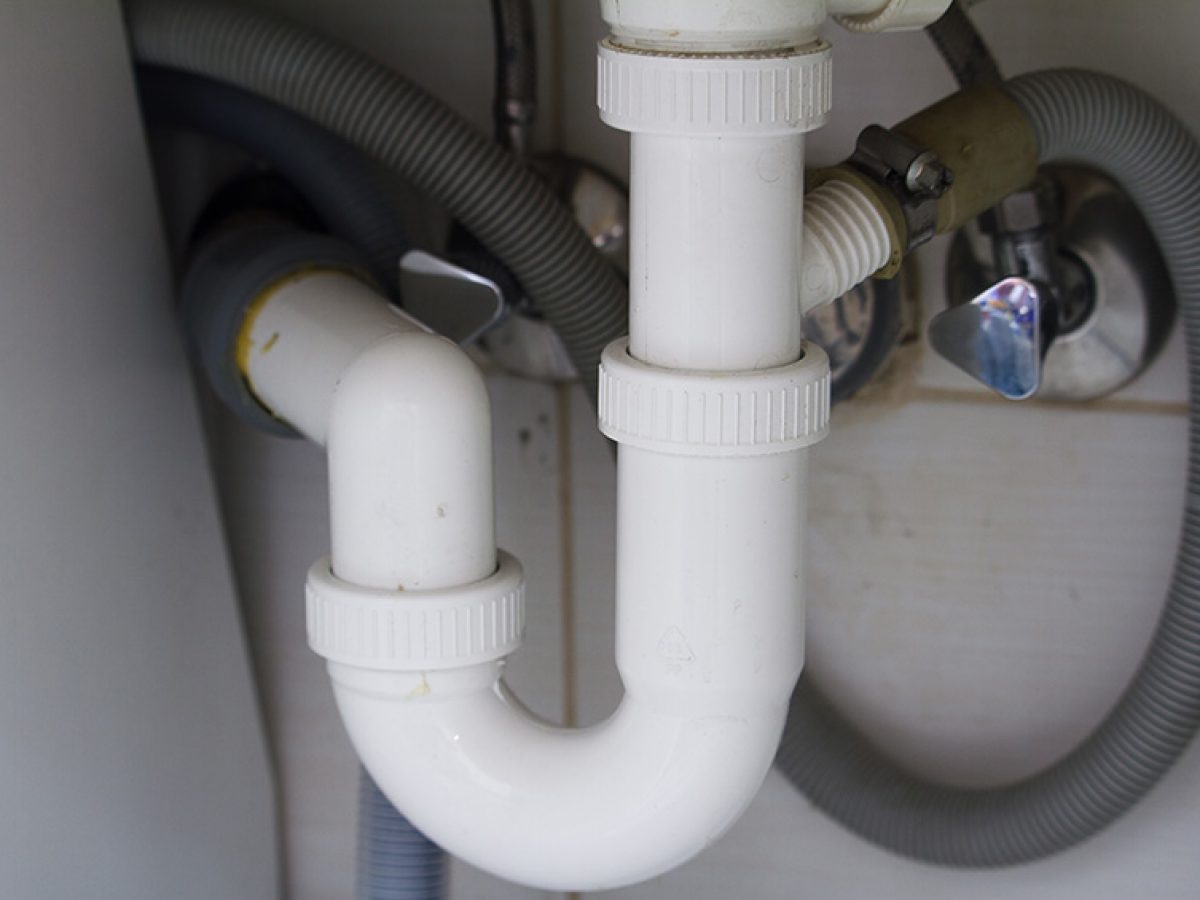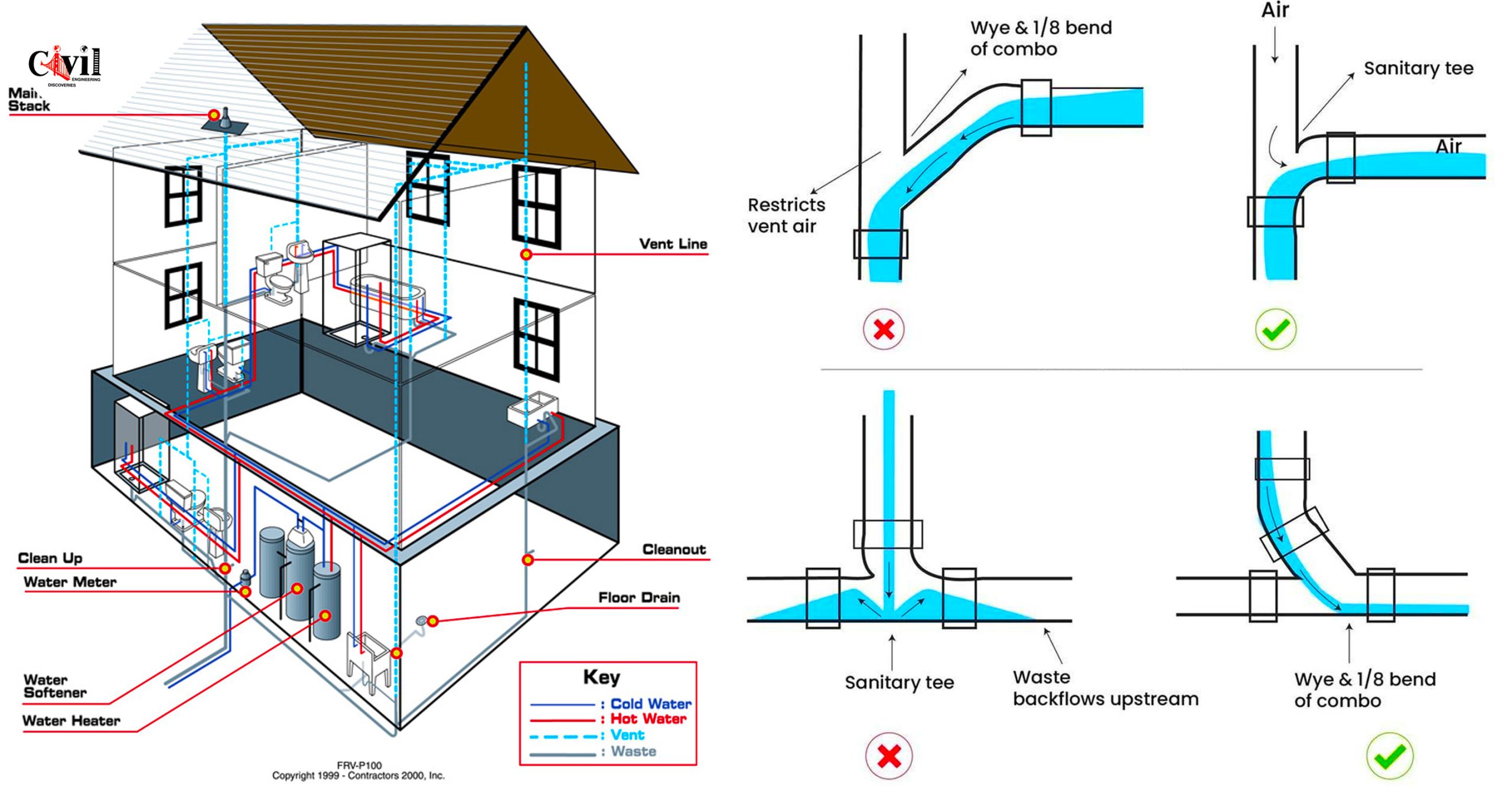The Core Elements of Your Home's Plumbing System
The Core Elements of Your Home's Plumbing System
Blog Article
The publisher is making several good pointers relating to Understanding Your Home's Plumbing Anatomy as a whole in this great article following next.

Understanding how your home's plumbing system works is important for every single house owner. From delivering clean water for drinking, cooking, and showering to securely removing wastewater, a properly maintained plumbing system is crucial for your family's health and comfort. In this extensive overview, we'll explore the elaborate network that composes your home's pipes and deal suggestions on upkeep, upgrades, and managing usual concerns.
Intro
Your home's pipes system is more than just a network of pipelines; it's an intricate system that guarantees you have access to tidy water and efficient wastewater elimination. Understanding its parts and how they work together can aid you stop costly repair work and make sure everything runs efficiently.
Basic Parts of a Pipes System
Pipes and Tubing
At the heart of your pipes system are the pipelines and tubing that lug water throughout your home. These can be constructed from different products such as copper, PVC, or PEX, each with its benefits in terms of resilience and cost-effectiveness.
Fixtures: Sinks, Toilets, Showers, and so on.
Components like sinks, bathrooms, showers, and tubs are where water is made use of in your house. Recognizing exactly how these components link to the plumbing system helps in detecting issues and planning upgrades.
Valves and Shut-off Points
Valves manage the circulation of water in your pipes system. Shut-off valves are critical during emergency situations or when you require to make repair services, permitting you to separate parts of the system without disrupting water circulation to the whole residence.
Water System System
Main Water Line
The primary water line links your home to the local water supply or an exclusive well. It's where water enters your home and is dispersed to different fixtures.
Water Meter and Pressure Regulatory Authority
The water meter procedures your water usage, while a pressure regulatory authority makes sure that water streams at a safe stress throughout your home's pipes system, protecting against damages to pipes and components.
Cold Water vs. Warm water Lines
Comprehending the distinction in between cold water lines, which supply water directly from the main, and hot water lines, which bring warmed water from the water heater, assists in troubleshooting and preparing for upgrades.
Drain System
Drain Pipes and Traps
Drain pipelines bring wastewater away from sinks, showers, and commodes to the drain or septic system. Traps prevent sewage system gases from entering your home and also catch debris that could trigger blockages.
Ventilation Pipelines
Ventilation pipelines allow air right into the drainage system, preventing suction that might slow down water drainage and trigger catches to empty. Appropriate ventilation is vital for maintaining the stability of your plumbing system.
Value of Proper Water Drainage
Guaranteeing appropriate drainage stops backups and water damage. Regularly cleaning up drains pipes and preserving traps can stop pricey repair work and expand the life of your plumbing system.
Water Heater
Types of Hot Water Heater
Hot water heater can be tankless or conventional tank-style. Tankless heating systems heat water on demand, while containers save heated water for prompt use.
Upgrading Your Pipes System
Factors for Upgrading
Upgrading to water-efficient components or changing old pipes can enhance water high quality, lower water bills, and raise the value of your home.
Modern Plumbing Technologies and Their Benefits
Check out modern technologies like clever leakage detectors, water-saving commodes, and energy-efficient water heaters that can conserve cash and lower environmental effect.
Expense Factors To Consider and ROI
Determine the ahead of time prices versus long-term cost savings when thinking about pipes upgrades. Numerous upgrades spend for themselves via reduced utility expenses and fewer repairs.
How Water Heaters Attach to the Plumbing System
Understanding how water heaters connect to both the cold water supply and hot water distribution lines aids in identifying problems like insufficient hot water or leakages.
Maintenance Tips for Water Heaters
Regularly flushing your water heater to get rid of sediment, inspecting the temperature level setups, and examining for leakages can expand its life-span and improve power performance.
Usual Pipes Issues
Leakages and Their Reasons
Leakages can happen because of aging pipes, loose fittings, or high water stress. Addressing leakages promptly prevents water damages and mold and mildew growth.
Obstructions and Clogs
Blockages in drains and toilets are frequently caused by purging non-flushable things or a build-up of oil and hair. Utilizing drain screens and bearing in mind what decreases your drains can stop clogs.
Signs of Pipes Issues to Watch For
Low tide stress, slow drains, foul odors, or unusually high water costs are indications of prospective pipes problems that should be addressed without delay.
Pipes Upkeep Tips
Regular Examinations and Checks
Arrange annual plumbing inspections to capture problems early. Look for indications of leaks, deterioration, or mineral accumulation in faucets and showerheads.
Do It Yourself Maintenance Tasks
Simple jobs like cleaning tap aerators, checking for bathroom leakages making use of color tablet computers, or insulating exposed pipes in cold environments can stop significant pipes concerns.
When to Call a Specialist Plumber
Know when a plumbing problem needs expert experience. Trying intricate fixings without correct expertise can cause even more damage and higher repair prices.
Tips for Lowering Water Use
Simple routines like fixing leaks without delay, taking shorter showers, and running complete loads of laundry and recipes can conserve water and lower your energy costs.
Eco-Friendly Plumbing Options
Think about lasting plumbing materials like bamboo for floor covering, which is durable and environmentally friendly, or recycled glass for kitchen counters.
Emergency situation Preparedness
Actions to Take Throughout a Pipes Emergency
Know where your shut-off valves lie and just how to turn off the water in case of a burst pipe or major leakage.
Importance of Having Emergency Situation Calls Handy
Maintain get in touch with details for local plumbing professionals or emergency solutions easily available for quick reaction during a pipes dilemma.
Ecological Influence and Preservation
Water-Saving Components and Home Appliances
Setting up low-flow faucets, showerheads, and bathrooms can dramatically lower water use without giving up efficiency.
DIY Emergency Fixes (When Appropriate).
Short-term repairs like utilizing duct tape to patch a leaking pipe or putting a container under a leaking faucet can reduce damage until a professional plumbing professional gets here.
Verdict.
Recognizing the composition of your home's pipes system equips you to preserve it efficiently, saving time and money on repairs. By following normal upkeep regimens and staying informed regarding modern pipes modern technologies, you can guarantee your plumbing system runs efficiently for several years to come.
Exploring Your Homes Plumbing Anatomy
Water Supply System
Main Water Line: This is where water enters your home from the municipal supply or a private well. Water Meter: Typically located near where the main water line enters the property, it measures the amount of water used. Shutoff Valve: It s crucial to know where this is in case of emergencies. It allows you to turn off the water supply to the entire house. Pipes and Fittings: These distribute water throughout your home. Materials can include copper, PVC, or PEX. Drain-Waste-Vent (DWV) System
Drains: Located in sinks, showers, and tubs, these carry wastewater away. Traps: U-shaped pipes under sinks that hold standing water, blocking sewer gases from entering the home. Vents: Pipes that lead from the DWV system to the outside, preventing vacuum formation and allowing gases to escape. Sewer Line: Carries all wastewater from the home to the municipal sewer system or a septic tank. Fixtures and Appliances
Sinks, Toilets, and Showers Dishwashers and Washing Machines Water Heaters Maintenance Tips
Regularly check for leaks in exposed pipes and around fixtures. Inspect the water heater annually for signs of wear. Clean drains and traps to prevent clogs and odors. Know how to shut off water to individual fixtures. When to Call a Professional
Major leaks or burst pipes Installation of new pipes or fixtures Septic tank issues Remodeling projects that involve plumbing changes Conclusion
Understanding the anatomy of your home's plumbing is key to maintaining a functional and efficient system. Regular checks and knowing when to call in the experts can save you time, money, and stress.
https://www.mavyn.com/blog/exploring-your-homes-plumbing-anatomy

I am just very eager about Understanding Your Home's Plumbing Anatomy and I am assuming you appreciated my post. So long as you enjoyed our blog posting if you please be sure to share it. I love your readership.
Click Here Report this page